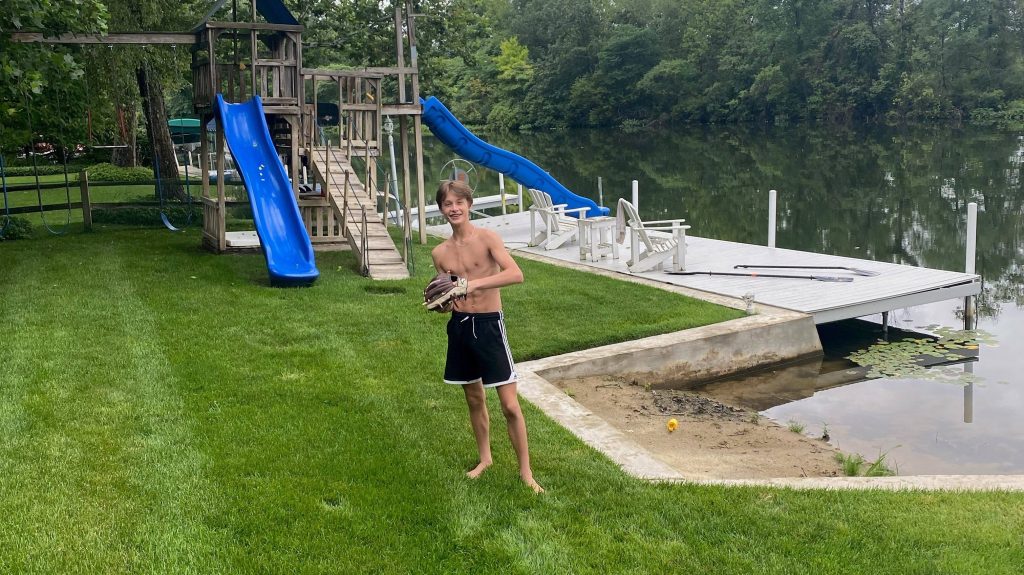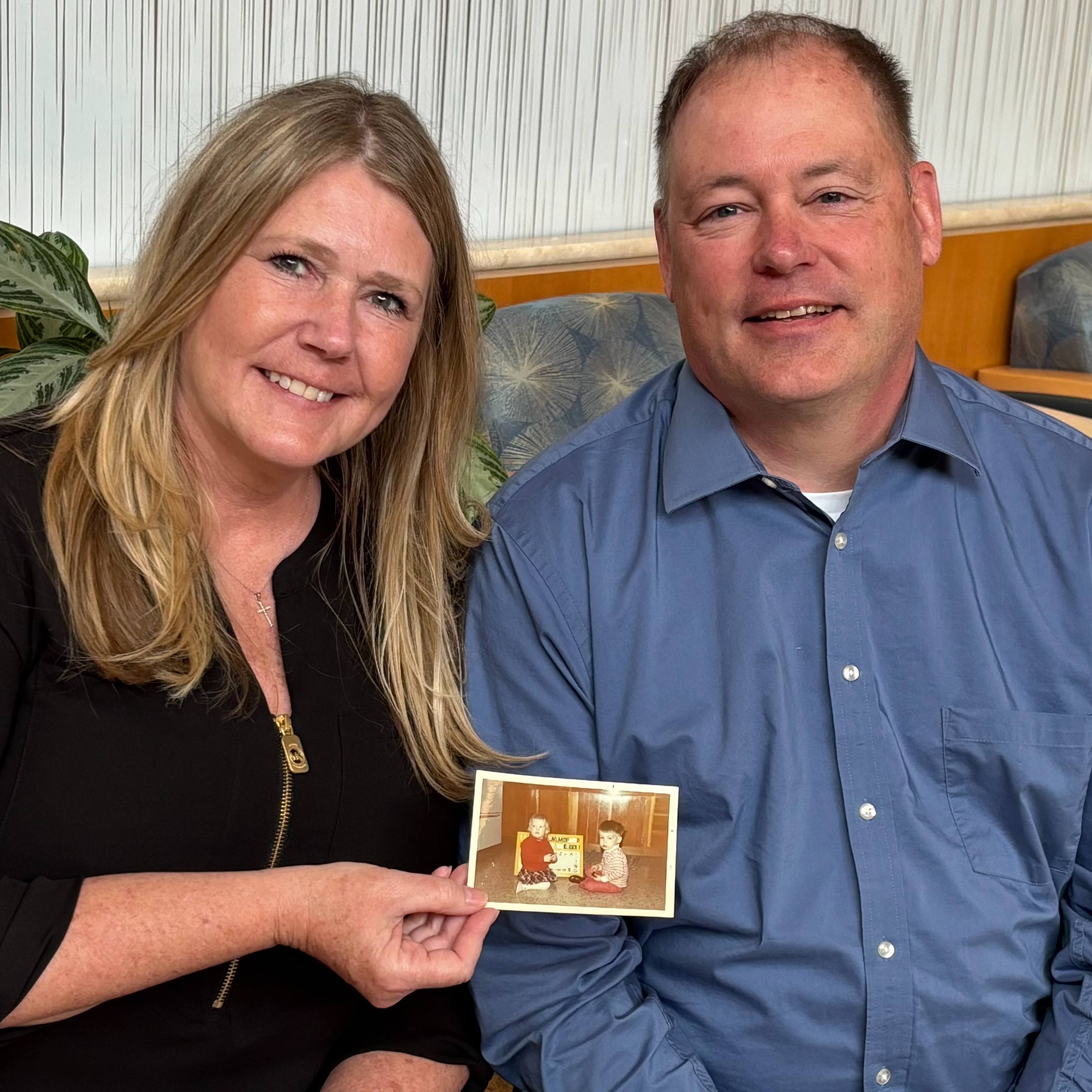
When he was in 5th grade, Dane Cripe’s buddies gave him a cool nickname: Tony. As in Tony Stark, Iron Man’s alter ego. Like the superhero, Dane had an indent in his chest. While Iron Man’s came courtesy of an injury, Dane’s was the result of a condition he was born with: pectus excavatum. In people who have the condition, the breastbone is sunken into the chest.
“We’d first noticed a little indent when Dane was 5 or 6,” Andy Cripe, Dane’s dad, says. Because it was small and didn’t cause Dane any discomfort, “we didn’t think much of it,” Andy says.
But as Dane grew, so did the depression in his chest. By the time he was in 7th grade, he’d grown self-conscious. Dane no longer felt like a superhero. “He’d started standing with his arms across his chest,” Andy says. “I didn’t like that.”
Andy and his wife, Susan, took Dane to see a surgeon at a hospital in their home state of Indiana.
“He told us Dane met the parameters to have the procedure covered by insurance,” Andy says. But the surgeon offered little additional guidance to the family, leaving them unsure if surgery was the right choice. “We talked about it, and Dane said, ‘Dad, it’s not hurting me. I can take the teasing.’ So, we decided against surgery.”
But within a few months, Dane began experiencing physical effects of the condition, which can compress the heart and lungs. “During football practice, he’d get winded when he was pushing really hard,” Andy says. Then, Dane’s chest began to ache and swell. “All of a sudden, he was hurting a lot and not sleeping well. I knew we had to get after this thing.”
The Cripes decided to get after a second opinion as well. “My dad had taken me to Mayo Clinic when I was a kid and no one else could diagnose me,” Andy says. “As an adult, I’d been through the Executive Health Program. I did some research and found that Mayo was the best at treating pectus excavatum.”
Mayo Clinic surgeons typically care for more than 1,000 children and adults with pectus excavatum each year. Mayo surgeons have extensive experience with the Nuss procedure, a minimally invasive pectus excavatum repair that involves raising the breastbone with a curved metal bar inserted through small incisions on the sides of the chest. They’ve also sought additional education on performing the procedure from Dr. Donald Nuss himself, who completed his surgical fellowship at Mayo Clinic.
Andy scheduled a video consultation with D. Dean Potter Jr., M.D. , a pediatric surgeon at Mayo Clinic Children’s Center in Rochester, Minnesota. After meeting Dane and reviewing his imaging tests, Dr. Potter recommended moving forward with surgery. He told the family that Dane was a good candidate for the Nuss procedure and at 14 was at an ideal age. “The best age for pectus repair is between 12 and 14 so that most of the child’s growth has occurred and the bar will not need to be upsized,” Dr. Potter says.
The Cripes set a surgery date and began making arrangements to travel to Mayo Clinic. “I was impressed by how very, very efficient the process was,” Andy says. “We got all of the insurance approvals set up. Anytime we had a question, we’d submit it to the portal and hear back quickly.”
Dane had surgery on Thursday, Feb. 25 and was released from the hospital the next evening. In between, he had a frequent visitor. “I could not believe how many times Dr. Potter came to check on him,” Andy says. “He was incredibly attentive. We didn’t want for any information or guidance.”
The Cripes spent an additional night in Rochester to ensure they were close to Dr. Potter if Dane developed any post-surgical complications. Then, they headed back home to Indiana.
Like his initial consultation, Dane’s follow-up appointments with Dr. Potter have all taken place virtually. “I was initially a little hesitant about making such a major decision without meeting Dr. Potter in person,” Andy says. “But using X-rays and CT scans, the condition is not hard to see. We’ve been blessed to have access to this technology. Without it, we would have had to make a minimum of five trips to Rochester. Not everyone has the time or resources to do that.”
In the months since Dane has had the procedure, Andy and Susan have noticed a number of what they call before and after’s. “Dane is standing taller and looked like he grew overnight after surgery,” Andy says. On a recent trip to Florida Dane hit the beach with his shirt off, just like his buddies. “He never would have done before surgery,” Andy says.
Stories like that are what keep Dr. Potter in the operating room.
“That’s why I come to work every day,” he says. “If I did not help kids and their families, I’d be in a different profession.”







